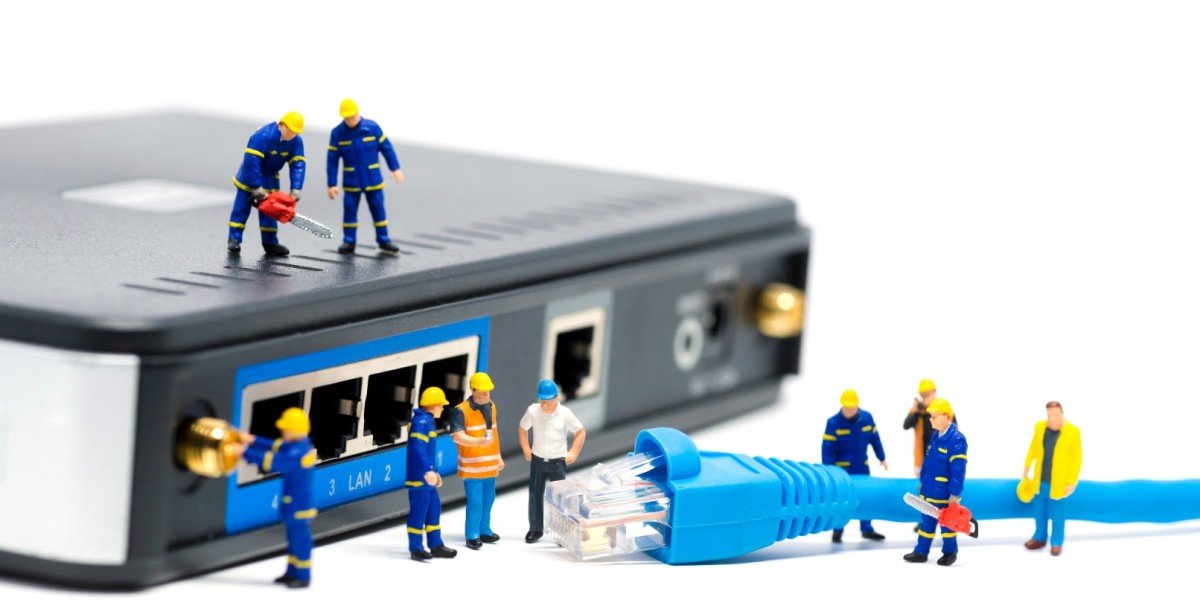
When Ultra-fast Broadband (UFB) was first launched in New Zealand, there was a lot of industry hand-wringing. Would people want better broadband? What would they use the speed for? The consensus was that we were building UFB way ahead of demand. Our predictions for early uptake were, frankly, low – the estimate was about 20% of homes and businesses would take up fibre by 2020. Demand would be driven by business.
Fast forward five years, and the pundits (of which I was one!) have been proven wrong. Kiwis want better broadband. Uptake of fibre burst through the 20% mark in January 2016, four years ahead of schedule. Households are queueing for connections, and this demand shows no signs of slowing. And we are using the internet in new, more immersive ways.
Data volume is growing. The average household is now using 103GB of data a month – up 100% from the beginning of last year. In usage, that roughly translates to a family downloading two high definition movies for the kids and watching three episodes of the first season of House of Cards a week, plus a bit of web-browsing. Fibre users are consuming twice as much data as a copper household.

This is not a one-off data burst. Chorus predicts the average household will use almost 170GB of data a month by June next year, rising exponentially to 680GB by 2020. That may be conservative. Online TV is still at an early growth phase: while 53% of online kiwis watch some form of internet TV each month, about two-thirds are not using subscription services like Netflix. Ultra-HD and immersive TV are emerging. They will soon take us into a virtual world, where a game or programme can be watched from any vantage point, ringside or grandstand. Then there is the ‘internet of things’ that will connect myriad devices from home security cameras and fridges to Fitbits, heat pumps and coffee machines.
This is cause for celebration. New Zealand has invested in fibre to the home on a massive scale.
These trends show we want better broadband, and we do more with it. The potential is vast – at least three independent studies have identified economic benefits of between $32bn and $34bn from UFB.
But data growth does create a challenge for the industry. Traditionally broadband plans have been designed and priced around data caps – setting limits on the amount of internet traffic we generate each month – rather than speed and experience. It made sense. For a small and remote country, international traffic links were expensive. We didn’t have internet TV, and network technology meant there were limited speed options. Data caps were a way of making broadband pay.
But a data cap is a bit like a speed bump: it stops us from trying new things for fear that we will hit the cap and pay more or have our connection throttled. Our massive growth in internet use means a cap we can live with today becomes a constraint for what we want to do tomorrow.
So now we are moving more into step with the rest of the world. In the OECD, 64% of countries have no data caps – in countries like France, Japan, Sweden, the Netherlands, broadband users don’t even know they exist. Instead broadband is sold based on the experience of online TV or services users want.

Rosalie Nelson.
Competition is shifting now to unlimited plans and innovative services. Spark bundles up broadband with Lightbox and Spotify. Vodafone offers Sky and Neon, with more to come if the merger with Sky TV goes ahead. And they are selling speed: over 75% of new fibre users are opting for the highest speed 100Mbps+ plans. Broadband is becoming a utility, where speed and services count. The challenge is how we, as an industry, manage the transition to broadband as a utility, rather than data as a commodity.
We’re on the cusp of a paradigm shift in New Zealand. The pace of change isn’t steadying; it is accelerating. What was once the realm of science fiction is now innovation in action. We need to be ready.




